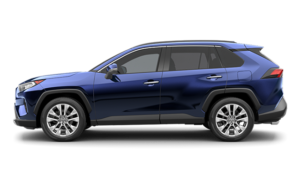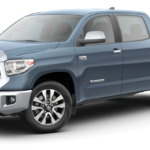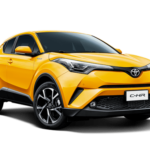Toyota RAV4 Coolant Type
Select Your Model Year...
Choose the appropriate model year for the Toyota RAV4 you are trying to find the coolant type for from the list below.
Toyota RAV4

- Manufacturer: Toyota
- Data Source: Owner's Manual
You can find 57 different trims for the Toyota RAV4 and their corresponding recommended coolant type.
The years available stretch from 1996 through to 2024 and to view the coolant type and capacity you just click to expand.
One of the most important cars released by Toyota in recent history, the RAV4 made its original debut in 1994. This meant that it became one of the very first crossover SUVs to ever hit the markets. Underneath, the RAV4 originally used the unibody chassis from the Corolla of the time.
It has also been sold as the Toyota Wildlander in China and the Suzuki Across in 2020.
Since that time, a total of five generations have been unveiled. The newest of these was released in 2018. It then received a facelift in 2021.
Not only is it one of the oldest Toyota models, it also became the best-selling SUV models in the world in 2019.
Because the RAV4 is one of the oldest crossovers, it is also one of the most iconic. This has meant rivals have always tried to compete with it. The most notable of these include the Honda CR-V, Mazda CX-50, Kia Sportage, and VW Tiguan.
Over so many years of production, there have been a number of trim levels available. The latest version has included six trim options. These are the base LE, XLE, XLE Premium, Adventure, Limited, and finally the TRD Off-Road.
Engine options for the RAV4 have also ranged over the years. For the latest version, petrol engines have ranged from a 2.0 L inline-4 through to a 2.5 L inline-4.
Other powertrains have included diesel and hybrid. While the diesel options were dropped with the release of the fifth generation 2018, hybrid powertrains were introduced one generation before in 2012.
There was also a fully-electric version called the RAV4 EV which was first released in 1997. It spent some time on the market intermittently until its final discontinuation in 2014.



